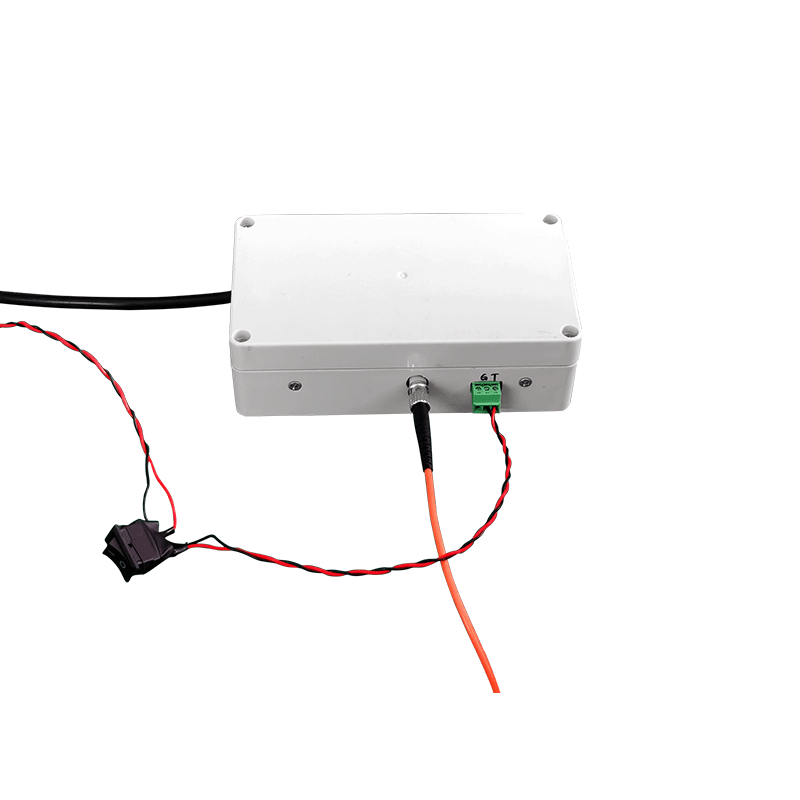Technical Pathways to Enhance Purification Efficiency of High-Voltage Power Supplies in Fume Purifiers
The high-voltage power supply (HVPS) is the core driver of electrostatic fume purifiers, with its performance directly determining purification efficiency and stability. As environmental standards tighten, innovations in power supply technology have become pivotal for enhancing purification efficacy. This analysis explores advancements through technical principles, performance optimization, and intelligent control.
I. Correlation Between Purification Mechanisms and Power Supply Performance
Electrostatic purification relies on high-voltage fields to ionize oil particles:
Ionization-Adsorption Mechanism: HVPS generates an electrostatic field (15–30 kV) to charge particles for collection on plates. Voltage stability dictates ionization intensity—fluctuations exceeding ±10% reduce efficiency by over 30% .
Field Structure Compatibility: Honeycomb fields require constant-voltage sources for uniform field strength, while plate fields need constant-current sources to handle load variations .
Energy Conversion Challenges: Traditional HVPS achieves only 60–75% conversion efficiency, leading to insufficient field strength and particle escape (<1μm) .
II. Key Technical Pathways for Performance Optimization
1. Dynamic Voltage Regulation
PWM (Pulse Width Modulation) controls power conversion, limiting output deviation to ≤5% despite input voltage fluctuations (180–250V). Real-time impedance monitoring adjusts secondary current (2–20mA), preventing short-circuit protection triggered by oil buildup .
2. Power Factor and Efficiency Enhancement
High-frequency HVPS (20–65kHz) boosts conversion efficiency to >85% with a power factor >0.9, reducing energy consumption by 40% and supporting operation in extreme temperatures (-25°C to 65°C) .
3. Flashover Suppression and Protection
Smart Arc Quenching: Detects field flashover, cuts output within 0.1 seconds, and restores voltage in 2 seconds to minimize fire risks .
Load Adaptability: Impedance sensors identify oil mist concentration shifts, activating waterproof mode during excessive humidity .
III. Intelligence-Driven Efficiency Breakthroughs
1. Predictive Maintenance Systems
Embedded chips collect real-time data (e.g., secondary voltage/current), using AI to predict cleaning cycles. Example: A 20% drop in secondary current triggers alerts to prevent efficiency loss from electrode contamination .
2. Remote Coordinated Control
Synchronizes with exhaust fans: Increases voltage to 20kV at high airflow to ensure particle charging; reverts to power-saving mode (12kV) post-purification, cutting energy use by 15–30% .
IV. Standardization Accelerating Innovation
The 2024 group standard T/CAEPI 80-2024 mandates:
Electrical Safety: Insulation resistance ≥100MΩ, grounding resistance ≤0.1Ω to suppress leakage risks .
Reliability Verification: HVPS must operate at 65°C for 8 hours without failure and pass industrial vibration tests (GB/T 6587-2012) .
Conclusion
Advancing HVPS purification efficacy requires interdisciplinary integration: Precision voltage control is foundational, energy efficiency is central, and intelligent prediction ensures sustainability. Future competition will focus on self-adaptive systems that dynamically respond to pollutant concentration, temperature, and humidity for global optimization of efficiency and energy use.




















